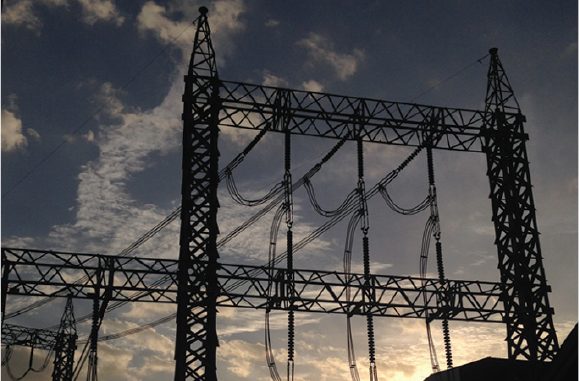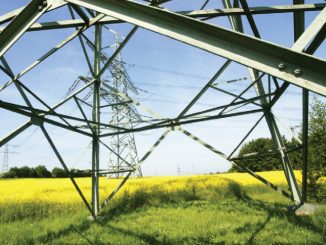
With the decarbonisation, decentralisation and digitalisation of the energy sector, power transmission utilities are taking steps to transition and upgrade their power systems to cater to future grid requirements. These changes in the sector have led to the emergence of advanced substation technologies, which have evolved considerably to meet the emerging requirements of utilities and adapt to the changing grid. New designs and features have been driven by considerations such as space optimisation, lower costs, greater asset life, enhanced safety and reduced failure rate of the equipment. Digital substations are rapidly gaining traction among power utilities. Substation automation technologies have graduated from supervisory control and data acquisition (SCADA) systems to remote terminals units (RTUs) to intelligent electronic devices (IEDs). Apart from this, utilities are increasingly adopting gas-insulated switchgear (GIS) substations and hybrid substations for space-saving, better safety and lower maintenance costs.
Digital substations
Digital substations are gaining traction across utilities as digitalisation enables utilities to identify, prevent and rectify faults with the use of sensors and IEDs. Further, the deployment of the IEC 61850 protocol has provided seamless communication and integration between IEDs. In addition, the application of process bus architecture in digital substations helps improve flexibility by enabling digital devices to communicate directly with each other. Process bus also allows for the replacement of bulky copper wiring with optic fibre, making digital substations more compact and safer than conventional substations. Digital systems integrate real-time data into the system mainframe, ensuring detailed and faster fault analysis, reduced downtime, faster response time, and lower operations and maintenance (O&M) costs.
New generation substations are being equipped with advanced transformers, which are often based on environment-friendly technologies and have the ability to seamlessly adapt to the smart grid. Smart transformers, for instance, can independently regulate voltage while allowing remote operation by maintaining contact with the smart grid. Other emerging transformer technologies include phase-shifting transformers, high-voltage direct current convertor transformers, and energy-efficient transformers.
In December 2020, Powergrid commissioned India’s first 400 kV digital substation based on the IEC 61850 process bus-based protection automation and control system at Malerkotla, Punjab. This technology provides immense flexibility in engineering, faster commissioning, reduced downtime and cost, enhanced diagnostics and ease in troubleshooting during asset management. Apart from this, to facilitate remote operation of the transmission system and monitoring of various parameters on a real-time basis at regional and national levels, Powergrid has set up the National Transmission Asset Management Centre at Manesar, Haryana, and regional transmission asset management centres at various locations across the country. As of March 2021, 242 substations are being operated remotely from these asset management centres.
GIS and hybrid substations
A key trend is the growing installation of GIS and hybrid substations in place of conventional AIS substations as Indian utilities grapple with right-of-way (RoW) and land acquisition issues. GIS substations have seen increased deployment among utilities owing to their advantages like less space requirement, better safety and low maintenance costs.
GIS substations are indoor-type substations in which equipment is placed inside the modules filled with SF6. The GIS substations require less space (around 35 per cent less than AIS), entail lower maintenance costs, have a lower outage rate, generate less noise and are safer to operate. Hybrid substations comprise a mix of AIS and GIS technologies. They can be installed indoors as well as outdoors and require a moderate land size. They are also good for optimising space and cost. As of March 2021, Powergrid owned 45 GIS substations. In many substations, where additional capacities (bays) are required to be created, Powergrid is advocating the hybrid technology to utlise for effective space utilisation.
The adoption of variants like hybrid substations and vertical GIS substations, and the use of environment-friendly insulation materials have seen an increase in the past few years. Sterlite Power implemented the country’s first vertical GIS substations at Prithla, Kadarpur and Sohna as part of the Gurgaon Palwal Transmission Project. These 400/220 kV GIS substations are multi-storied substations with a rooftop 220 kV open switchyard. The vertical substations resulted in 75 per cent savings in land.
Overall, the transmission grid is expanding rapidly on the back of massive investment in network expansion to meet the renewable energy evacuation needs as well as develop new cross-border interconnections. New and emerging substations are an integral part of the transmission grid expansion as they help to address RoW constraints, have a shorter construction period and allow improved monitoring of substation operations.



